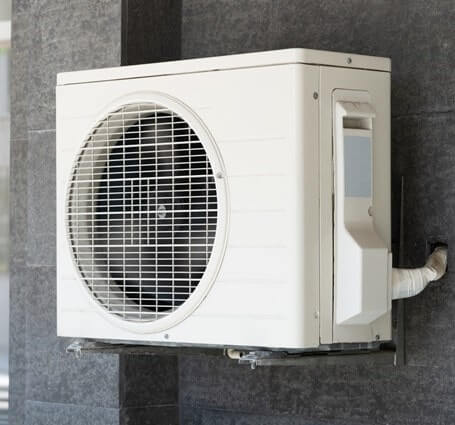
Air Conditioning Refrigerants: Traditional vs. Alternative
Like blood in the human body, refrigerant circulates through an air conditioning unit. It helps our homes feel comfortable, our office spaces feel
Man’s attempts to stay cool and comfortable during extreme summer heat are well documented. Historical evidence shows attempts by several individuals to control indoor temperatures. For example, the Ancient Romans utilized the aqueduct system to circulate cool water through the walls of their homes. The emperor Elagabalus built a mountain of snow in the garden next to his villa to keep cool during the summer.
Throughout history, individuals used hand-held fans to create a breeze and stay cool. A Chinese inventor built the first room-sized, but hand-powered, rotary fan. Another innovation in cooling indoor spaces included building homes with windows facing away from the sun. Builders also installed ‘wind towers’ onto large buildings to catch and circulate the breeze. And to be comfortable in the sweltering heat of Washington, D.C., President Garfield used an awkward device to blow air through cotton sheets doused in ice water.
The development of electricity and motorized power led to air conditioning and the HVAC industry as we currently know it. Using alternating current motors, Nikola Telsa invented oscillating fans. In 1902, Willis Carrier invented the first air conditioning system. Originally intended to control humidity in a printing plant, Carrier’s mechanical unit sent air through water-cooled coils to produce cold air. In 1922, Carrier invented the centrifugal chiller, adding a central compressor and reducing the size of his industrial refrigeration system.
In 1925, the Rivoli Theater introduced air conditioning to the public. The air-conditioned theater started the summer blockbuster tradition, as people went to see movies to escape the heat. Starting in the 1930s, air conditioning spread to department stores, rail cars and offices. In 1945, Robert Sherman invented a portable, in-window air conditioner that cooled, heated, humidified, dehumidified and filtered the air. Eventually, residential homes and buildings started adding air conditioning and HVAC units. According to the Carrier Corporation, 10 percent of homes had air conditioning in 1965.
Many different types of units exist in the HVAC market. Price, functionality and purpose tend to determine the type of AC or HVAC unit installed. The type of building being cooled also factors in to what type of AC or HVAC unit is used. Learn about the most common types of air conditioning systems below.
*Apex Technical School and its instructors are licensed by the State of New York, New York State Education Department.
Disclaimer: Apex Technical School provides training for entry-level jobs. Not everything you may read about the industry is covered in our training programs.

Like blood in the human body, refrigerant circulates through an air conditioning unit. It helps our homes feel comfortable, our office spaces feel

Ductwork or ductless? For a growing number of homeowners today, the benefits of ductless heating and cooling are an appealing option. Ductless systems

Water is a precious resource that is under threat in many places throughout the world. Droughts, contamination, and poor water management practices contribute